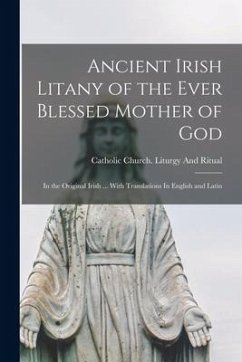
Holy Rulers and Blessed Princesses
Dynastic Cults in Medieval Central Europe

PAYBACK Punkte
21 °P sammeln!
Medieval dynasties frequently relied upon the cult of royal saints for legitimacy. After the early medieval emergence of this type of sainthood, in the central middle ages most royal dynasties had saints in their family: Edward the Confessor, Olaf, Canute, Louis IX, Charlemagne, the Emperor Henry II, and Wenceslas are some of the best-known examples. Within this context the saints of the Hungarian ruling dynasty - the Arpadians - constitute a remarkable sequence: St Stephen, St Emeric, St Ladislas, St Elizabeth, St Margaret, and other central European blessed princesses, whose convents mirrore...
Medieval dynasties frequently relied upon the cult of royal saints for legitimacy. After the early medieval emergence of this type of sainthood, in the central middle ages most royal dynasties had saints in their family: Edward the Confessor, Olaf, Canute, Louis IX, Charlemagne, the Emperor Henry II, and Wenceslas are some of the best-known examples. Within this context the saints of the Hungarian ruling dynasty - the Arpadians - constitute a remarkable sequence: St Stephen, St Emeric, St Ladislas, St Elizabeth, St Margaret, and other central European blessed princesses, whose convents mirrored the Court of Heaven. This sequence of dynastic saints provide a unique example of the late medieval evolution of royal and dynastic sainthood. Building upon a series of case studies from Hungary and central Europe, Gábor Klaniczay proposes an original new synthesis of the multiple forms and transformations of royal and dynastic sainthood in medieval Europe.














